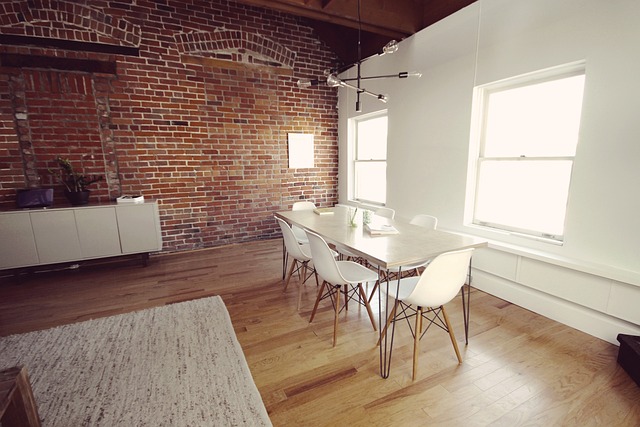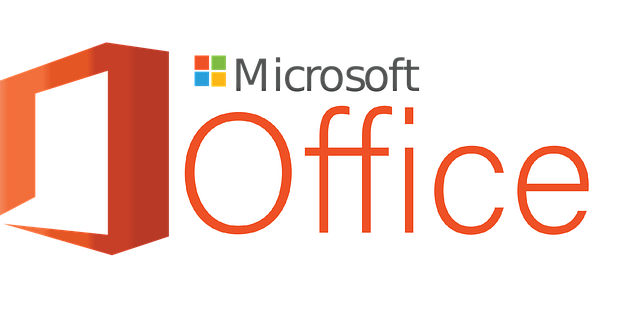Remote work has reshaped the commercial real estate market, leading to a decline in traditional office space demand. Developers and investors are adapting by creating co-working spaces and mixed-use properties that combine residential and commercial areas, revitalizing urban neighborhoods. This shift reflects modern workers' need for flexible, lifestyle-centric workspaces as hybrid and remote work models become more prevalent.
In today’s digital era, remote work is reshaping commercial demand and transforming the real estate market. As companies embrace flexible work arrangements, traditional office spaces are evolving or becoming obsolete. This shift has profound implications for commercial real estate, driving a new demand for co-working spaces, home offices, and hybrid models. Exploring these changes offers valuable insights into the future of urban landscapes and business operations, highlighting how the remote work culture is redefining our relationship with physical workspaces.
Real Estate Market Adapts to Remote Work Culture

The rise of remote work has had a profound impact on various industries, and the real estate market is no exception. As more professionals opt for flexible work arrangements, the demand for traditional office spaces has decreased significantly. This shift has prompted a transformation in the commercial real estate landscape. Real estate developers and investors are now adapting their strategies to cater to the evolving needs of remote workers.
In response, many cities are witnessing a transition from large, centralized offices to more diverse options. Co-working spaces have gained immense popularity, offering flexible memberships and community-oriented environments. Additionally, there’s a growing demand for mixed-use properties that combine residential and commercial spaces, allowing employees to live closer to their workplaces. This change in preference has led to revitalized urban areas, where once-dormant neighborhoods are now bustling with remote workers seeking both professional and personal amenities within convenient reach.
Shifting Demand: Office Spaces Transform

The rise of remote work has significantly impacted commercial real estate markets, leading to a notable shift in demand. With many employees no longer tied to traditional office spaces, there’s a growing trend towards more flexible and alternative workspaces. This change is driving down the need for vast, dedicated office buildings, especially in urban centers. As a result, landlords are facing challenges in attracting tenants, prompting them to adapt and offer innovative solutions.
Commercial real estate investors and developers are now focusing on creating mixed-use spaces that cater to a diverse range of workers, from remote professionals to freelancers and shared desk users. This transformation involves rethinking traditional office layouts, incorporating amenities that support various work styles, and prioritizing locations with enhanced connectivity and lifestyle attractions to entice a modern workforce.
The Future of Commercial Real Estate: New Norms

The commercial real estate landscape is undergoing a significant transformation as remote work becomes the new norm. Traditionally bustling office hubs are seeing a decline in demand, while residential areas and co-working spaces are experiencing growth. This shift reflects a changing mindset where flexibility and location independence are highly valued. As companies adapt to hybrid or entirely remote operations, the need for expansive, dedicated office spaces has diminished, impacting rental rates and property values.
Looking ahead, real estate developers and investors must consider these new norms. The future of commercial properties might involve more mixed-use developments, prioritizing residential amenities, and flexible workspaces. This evolution ensures that real estate remains relevant and attractive to businesses and individuals alike, catering to a post-pandemic world where remote work is not a temporary solution but a lasting trend.






